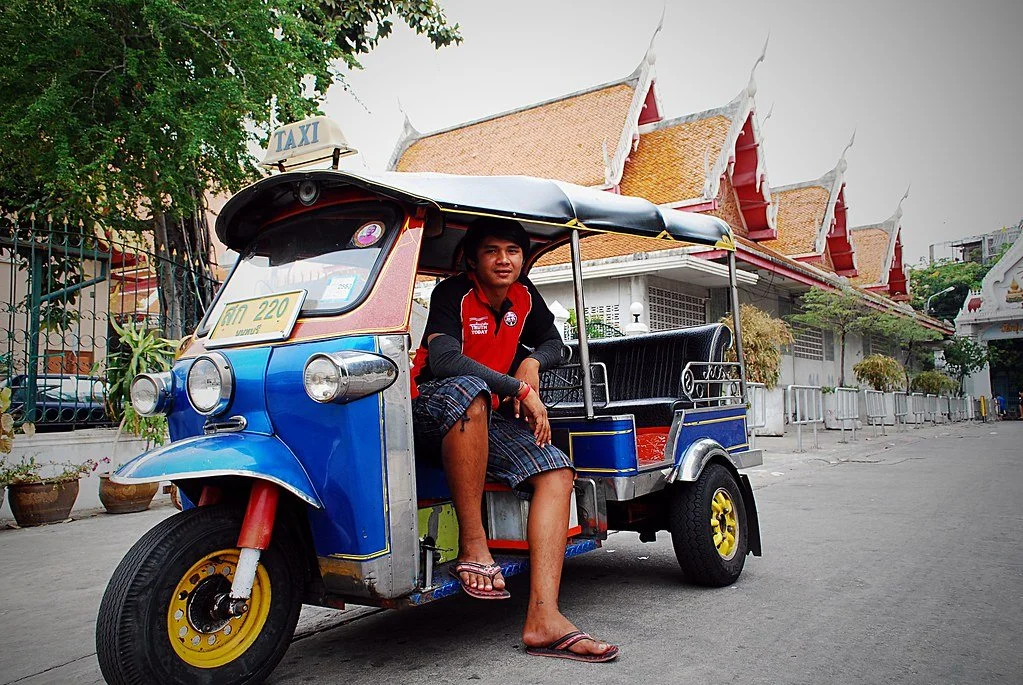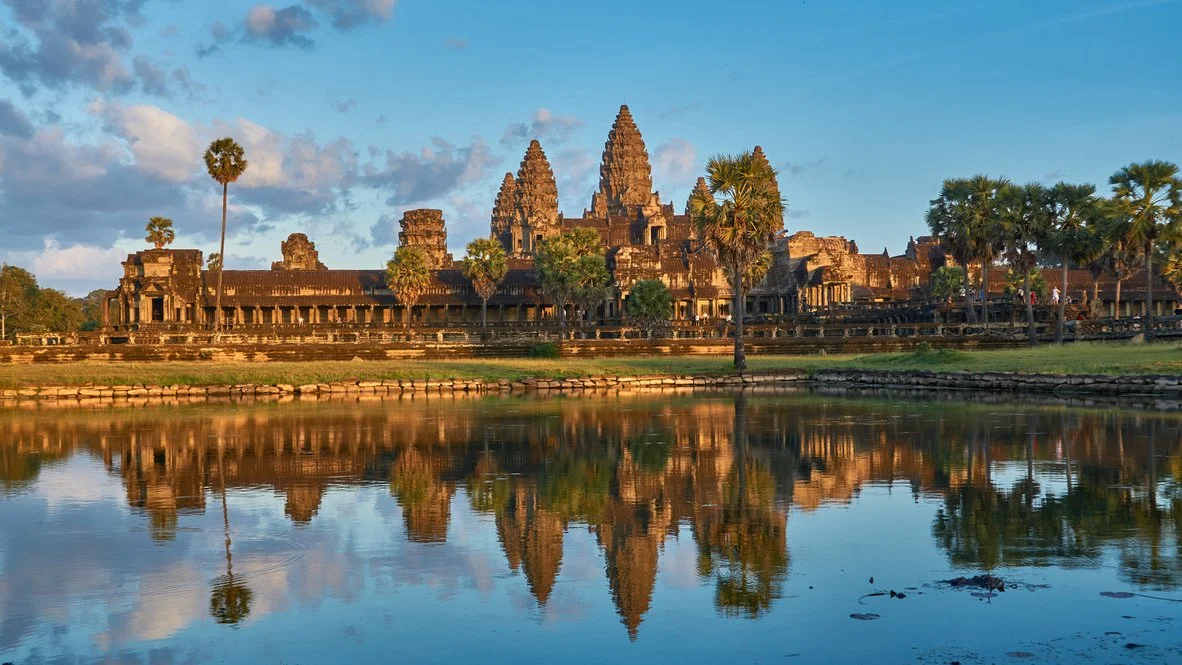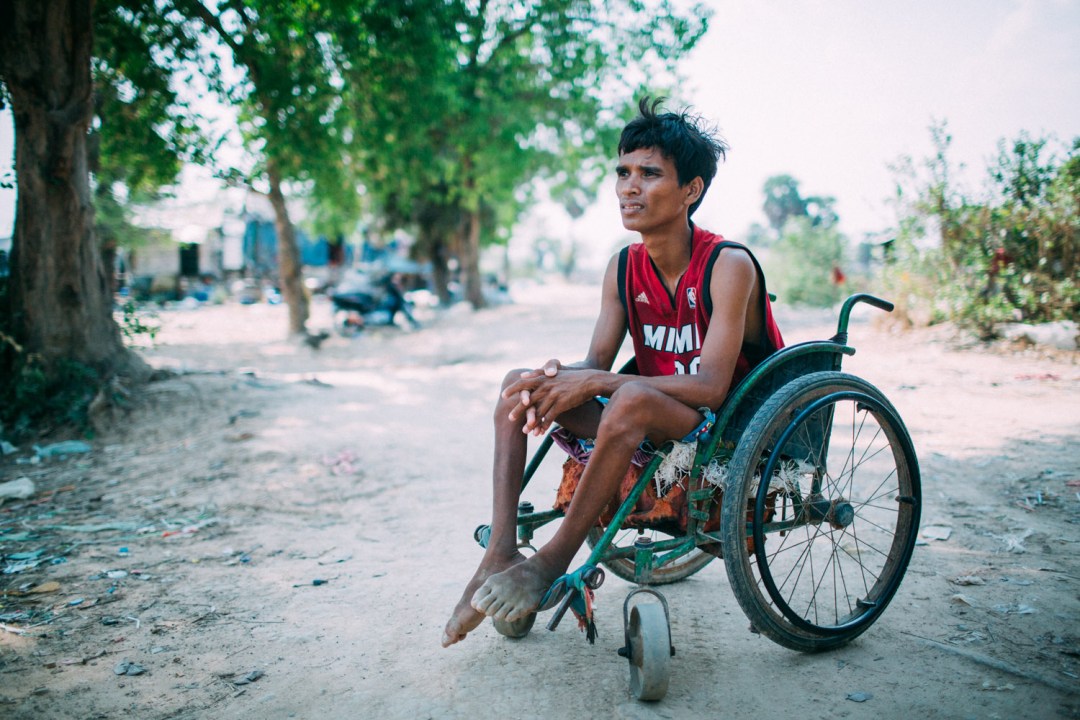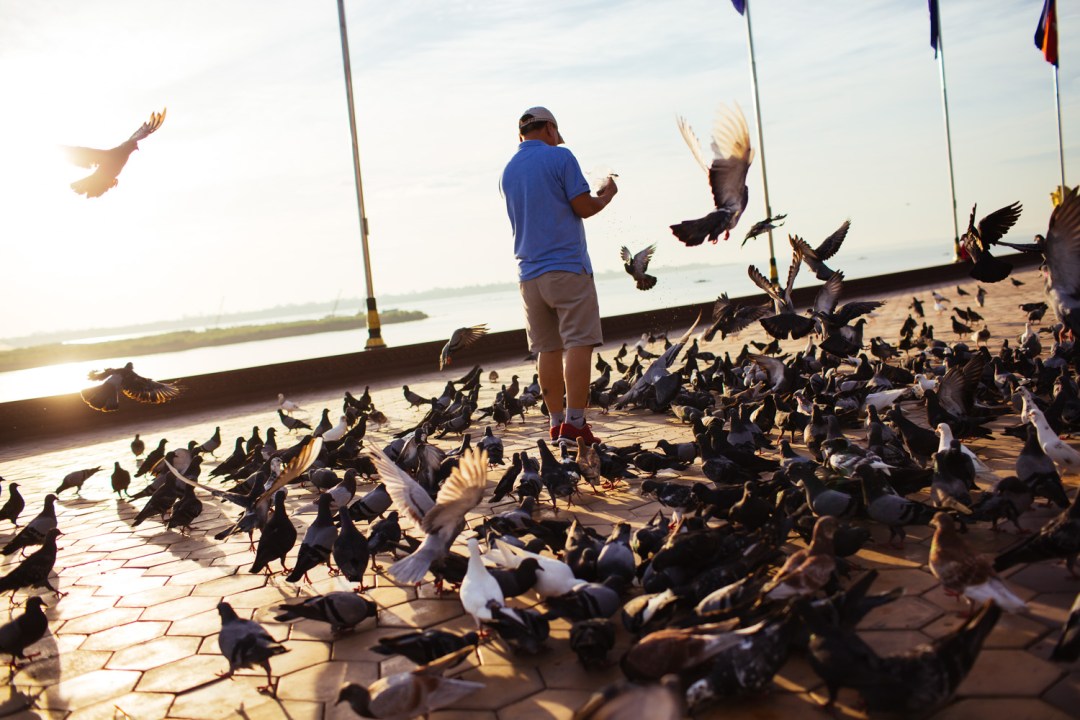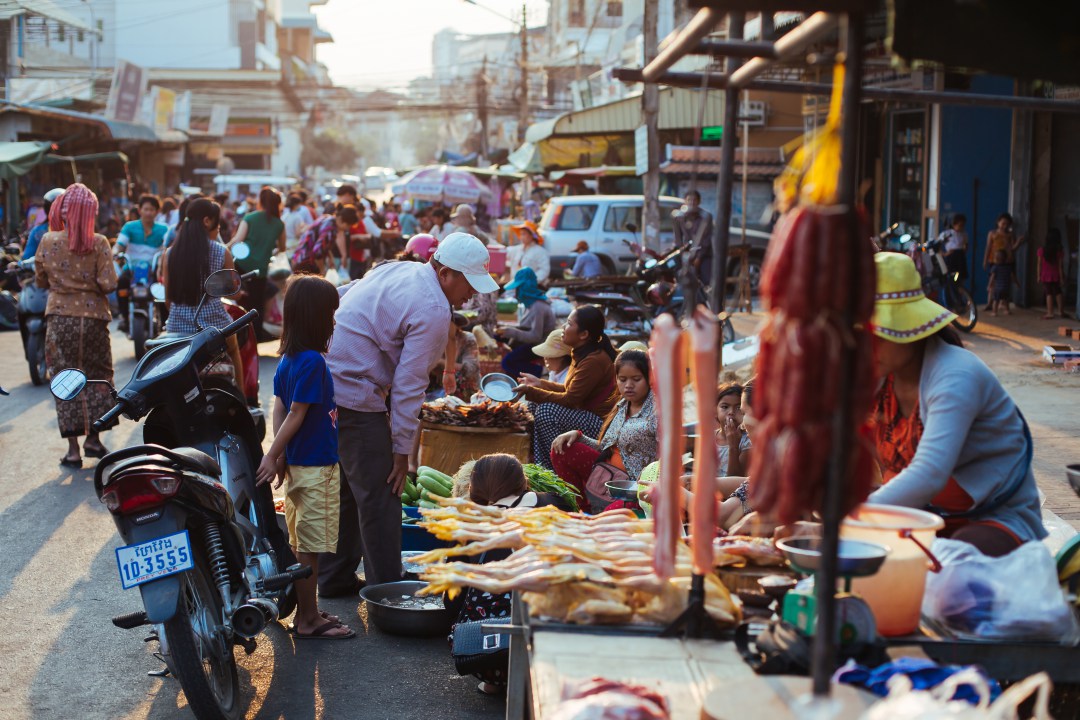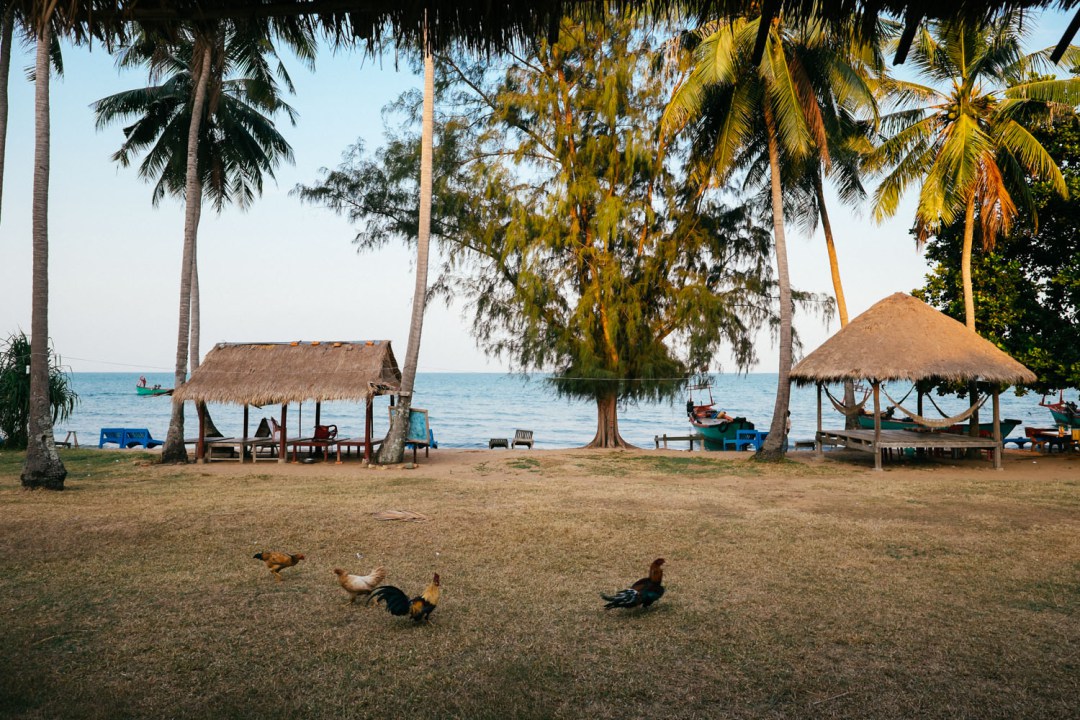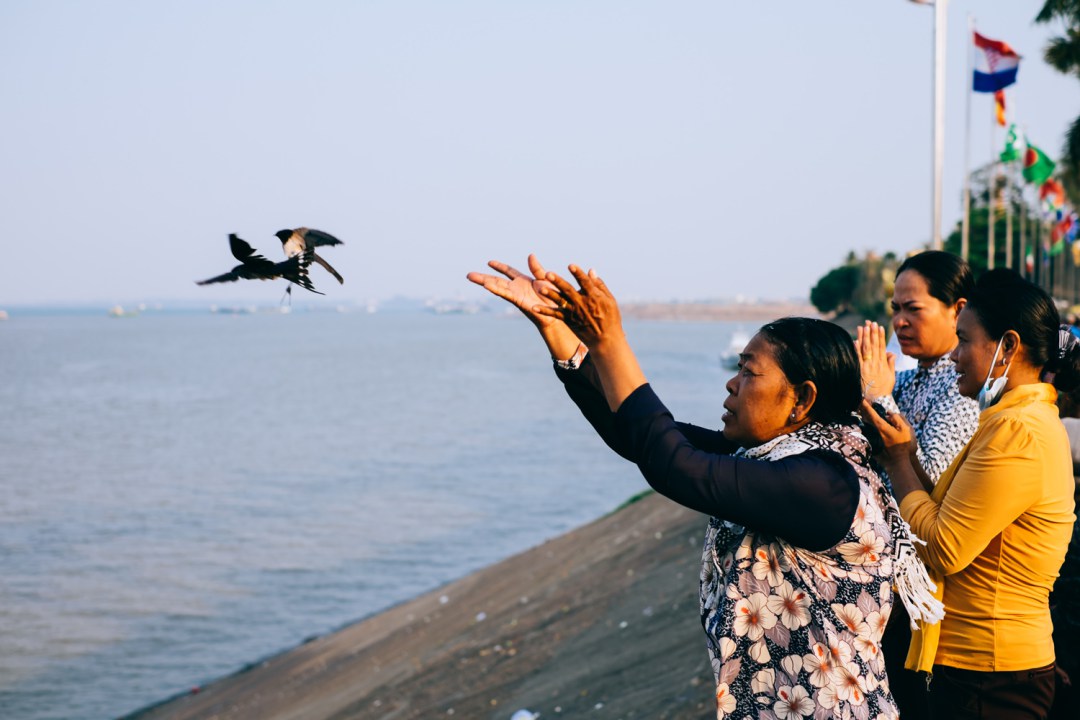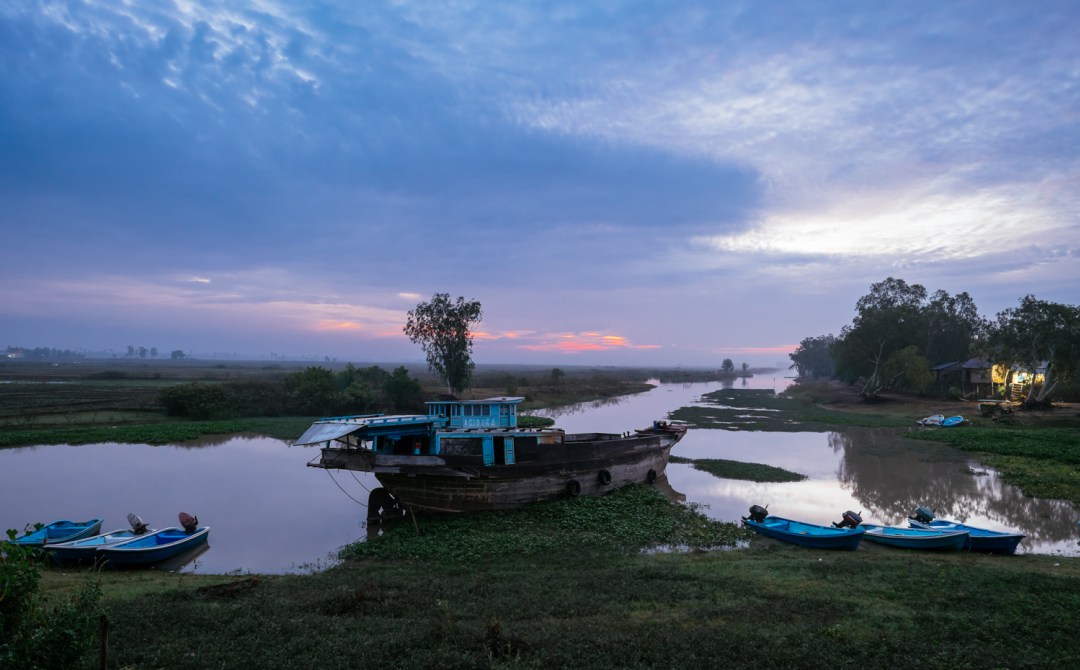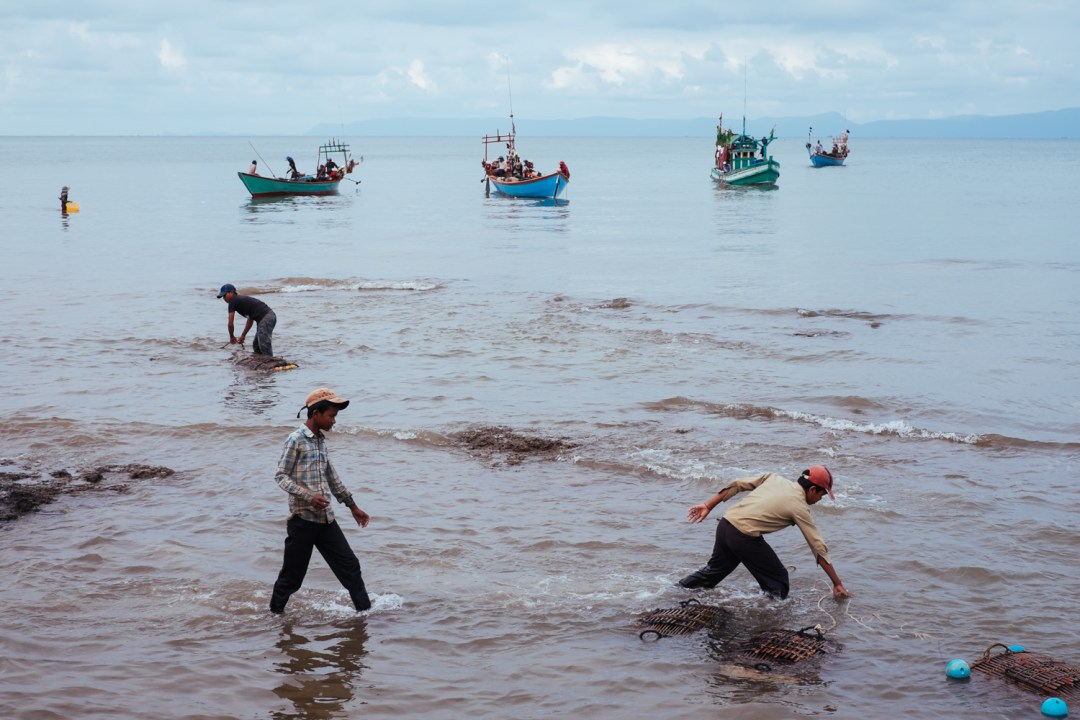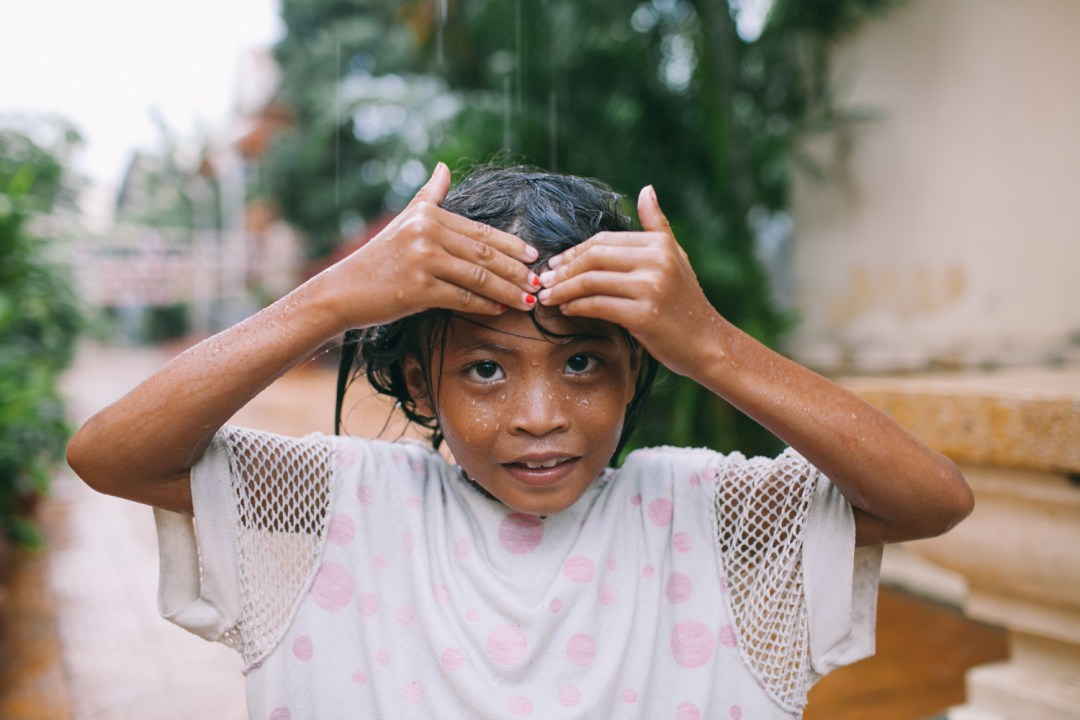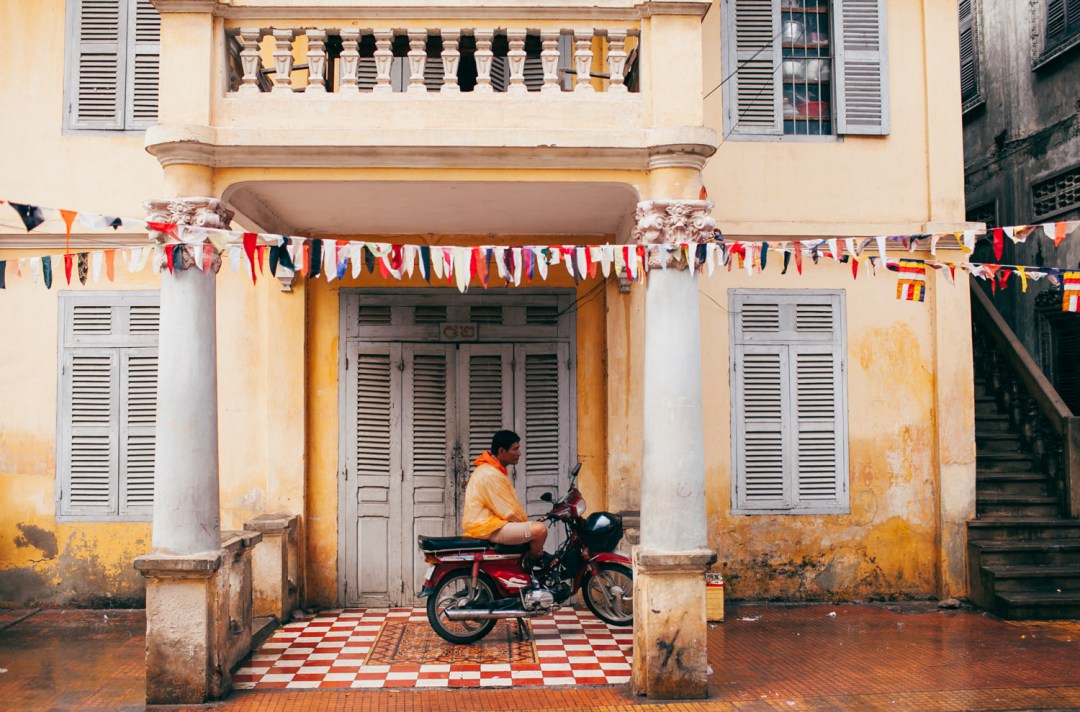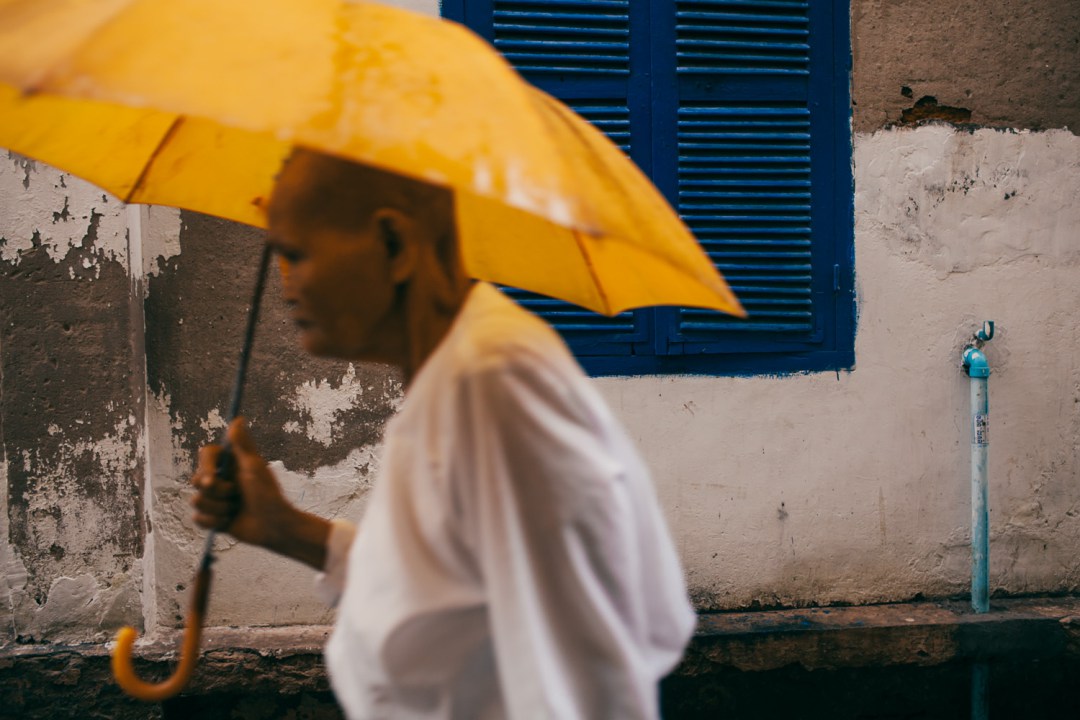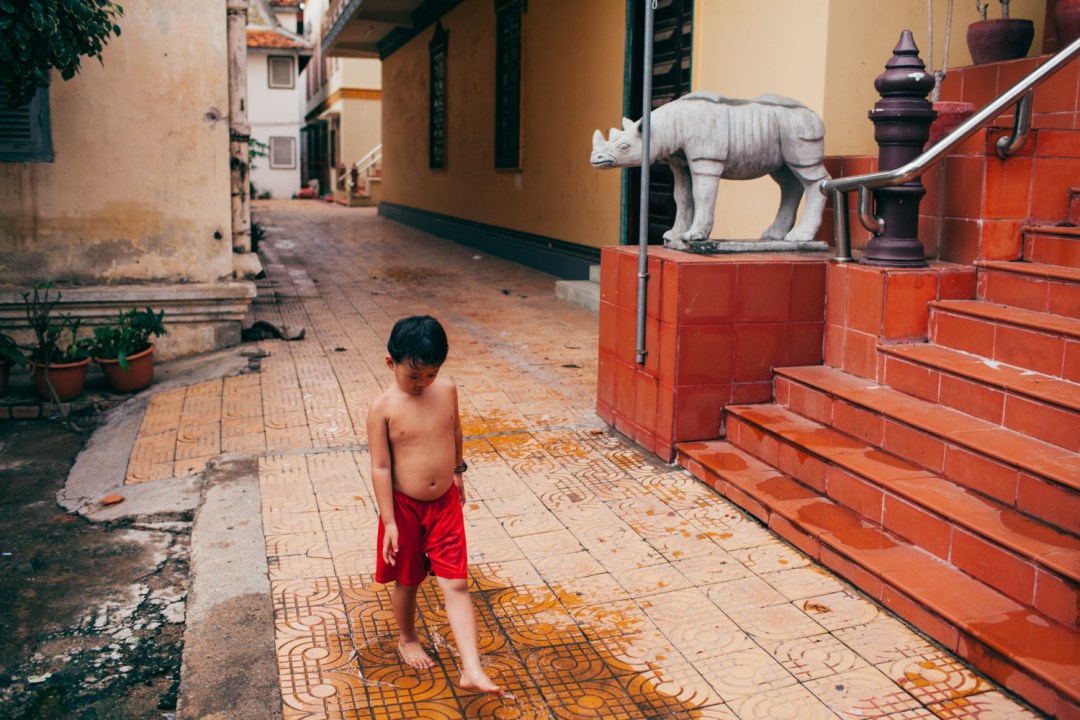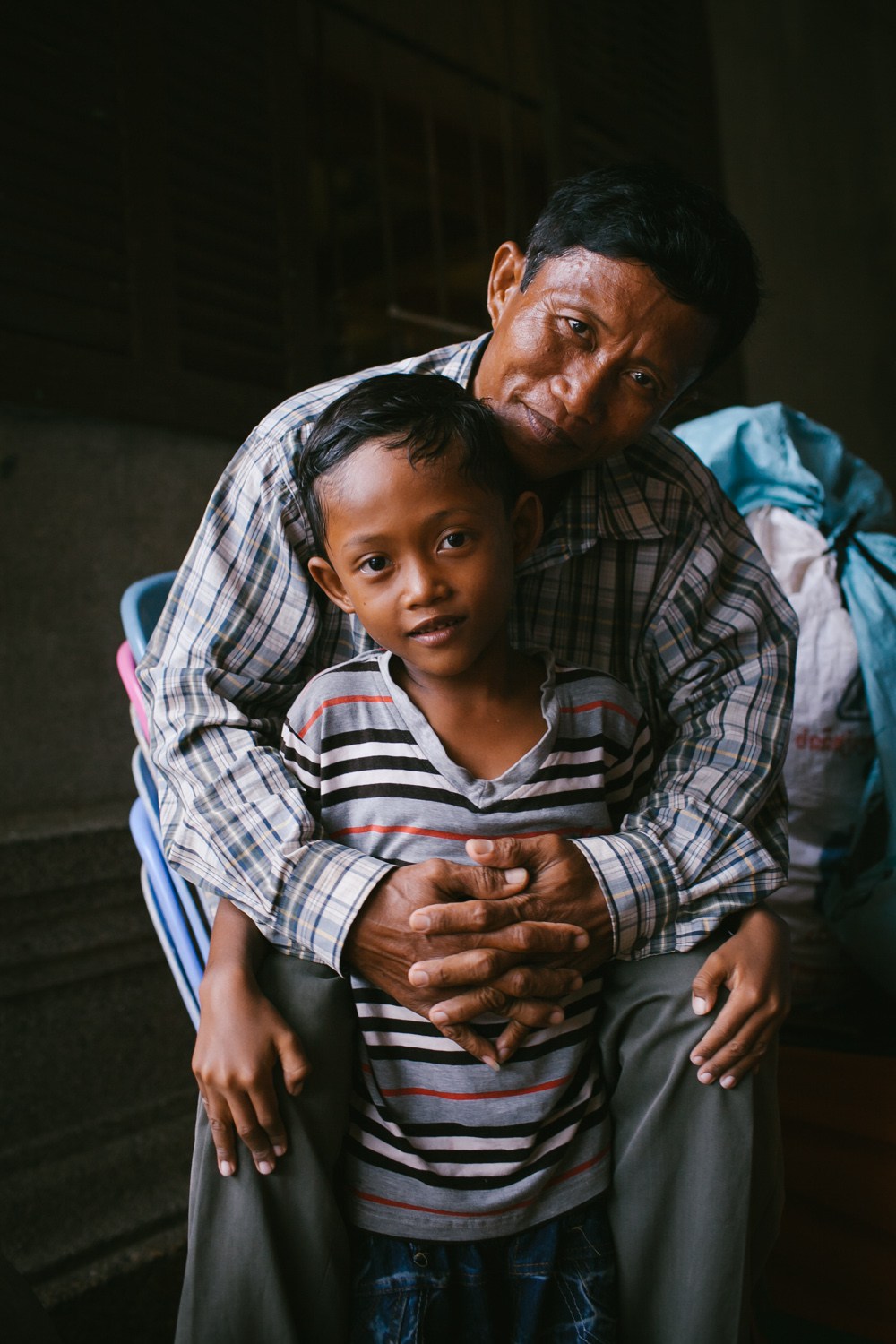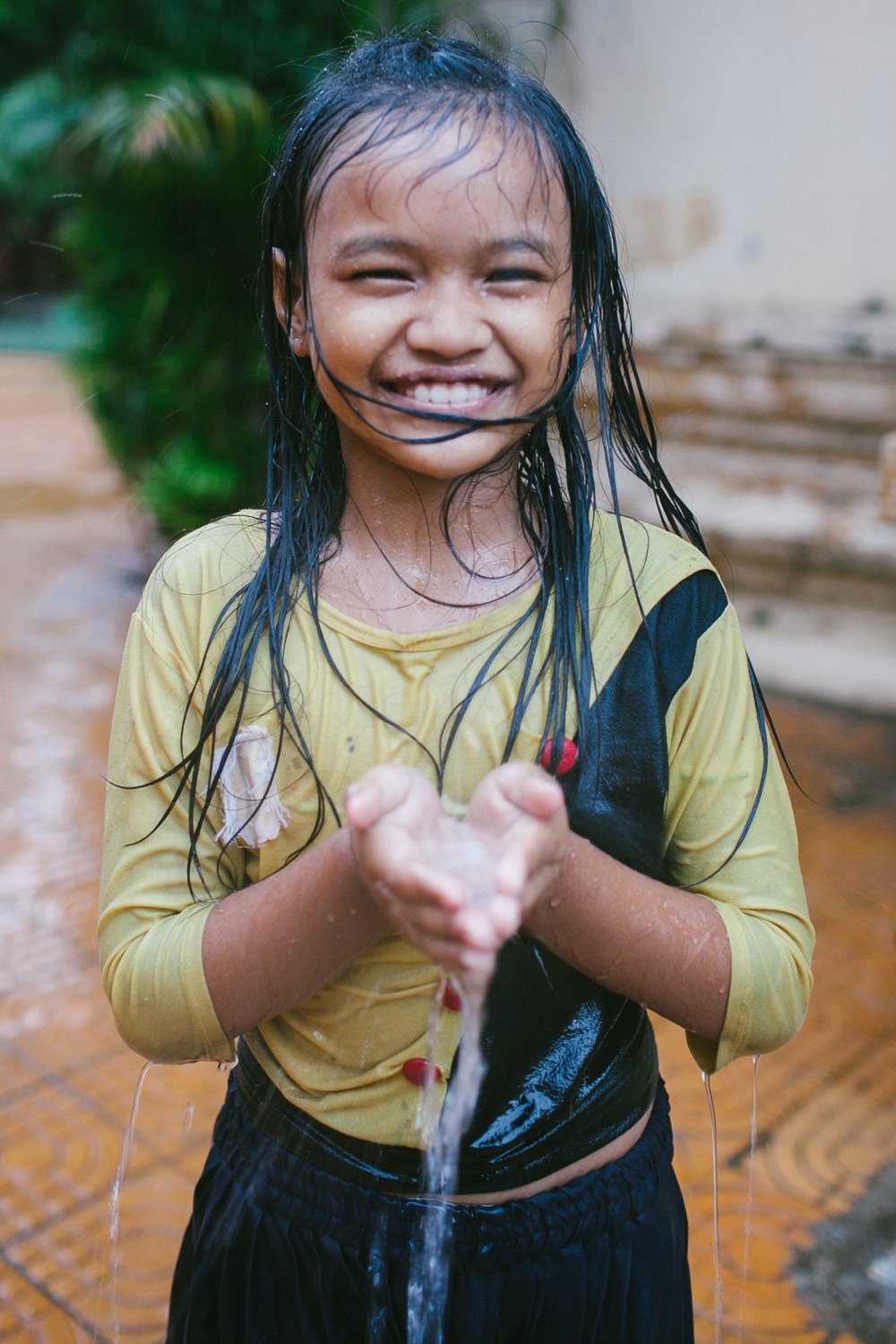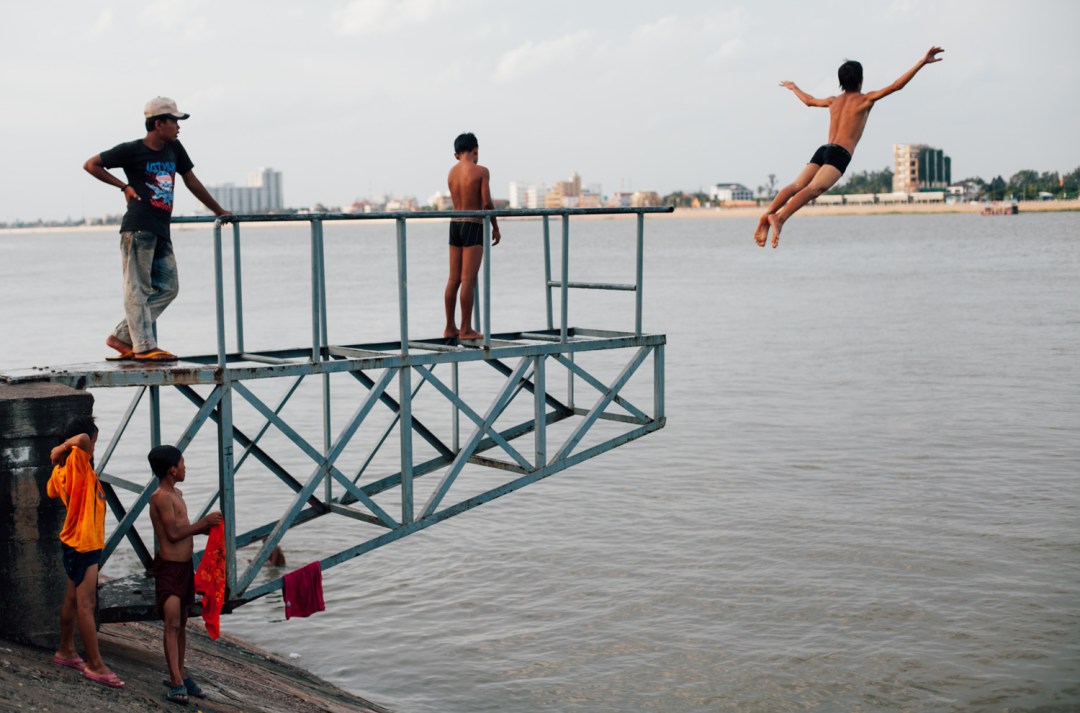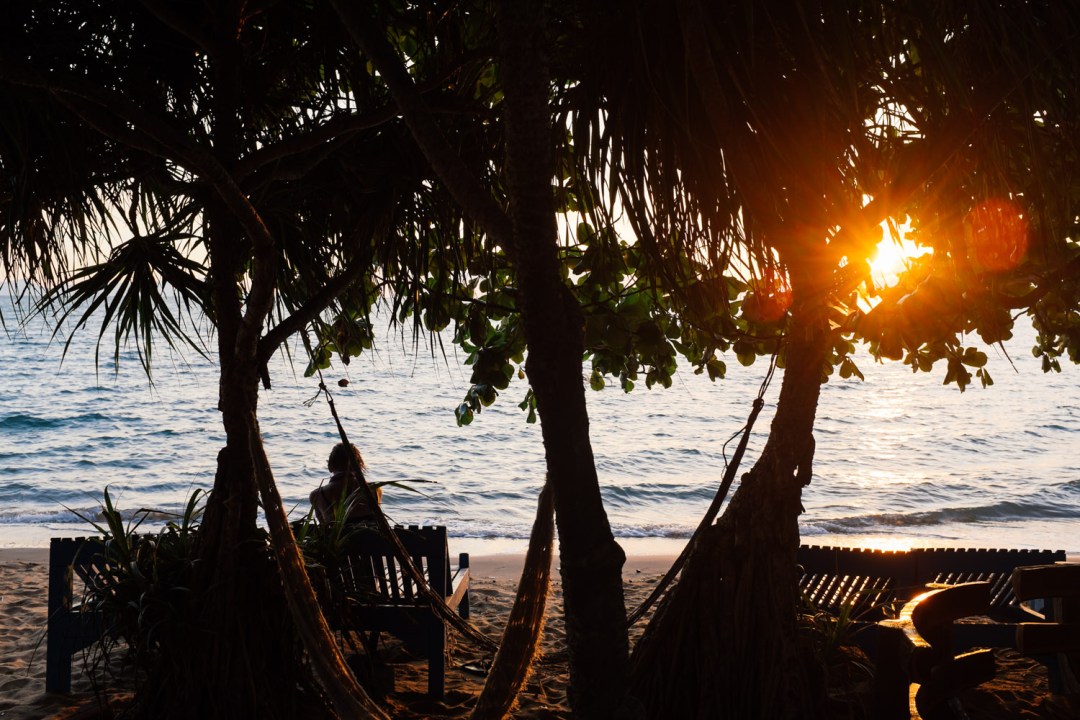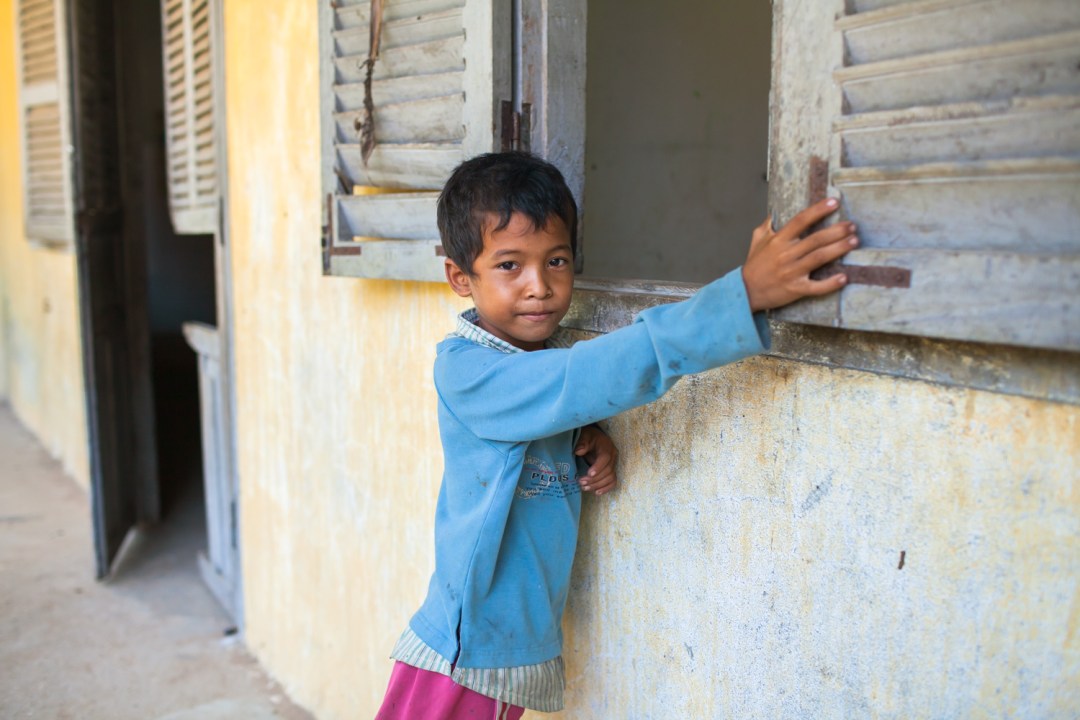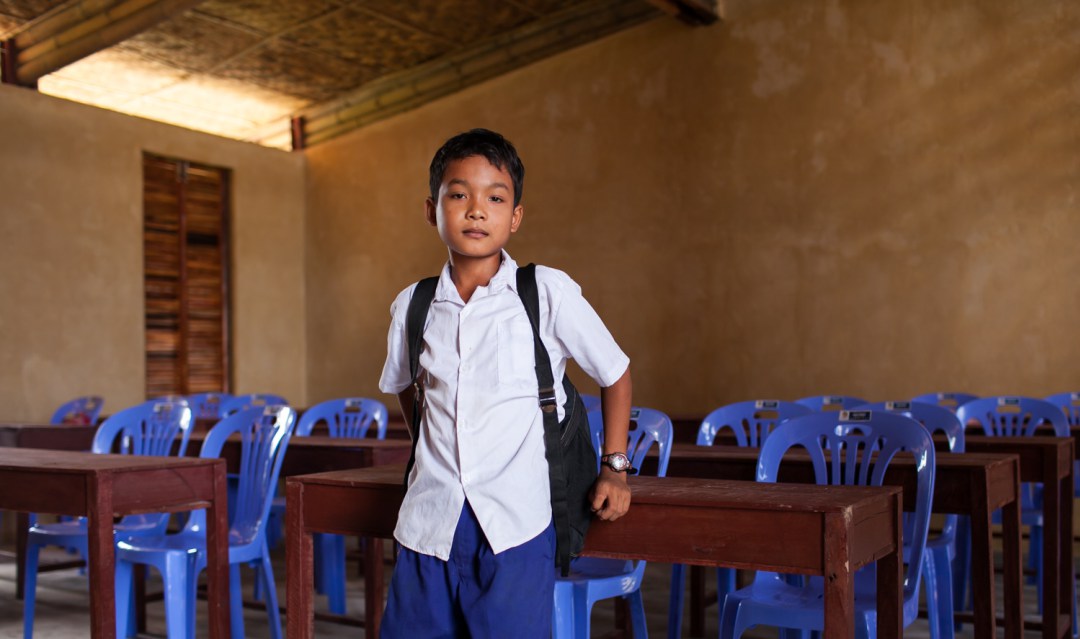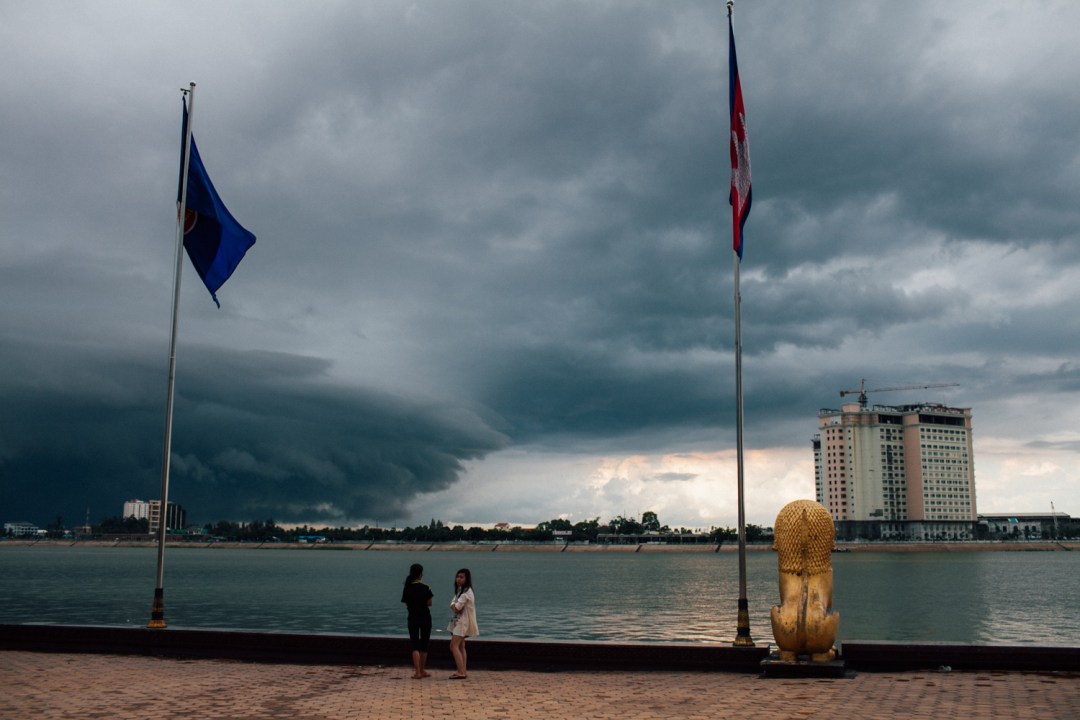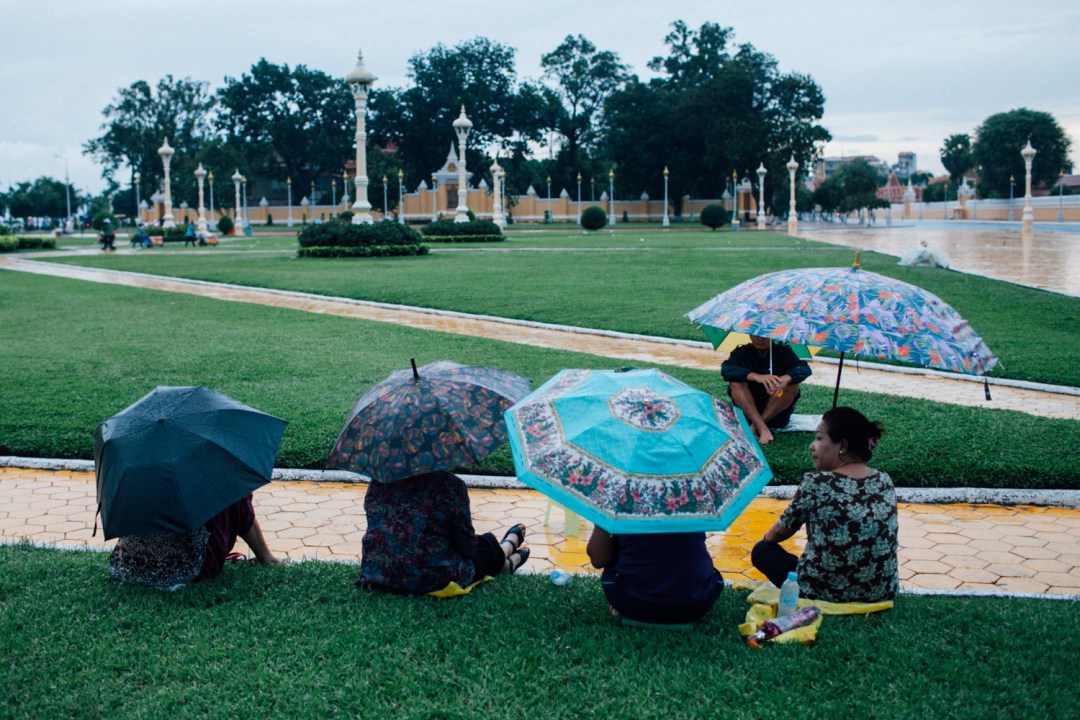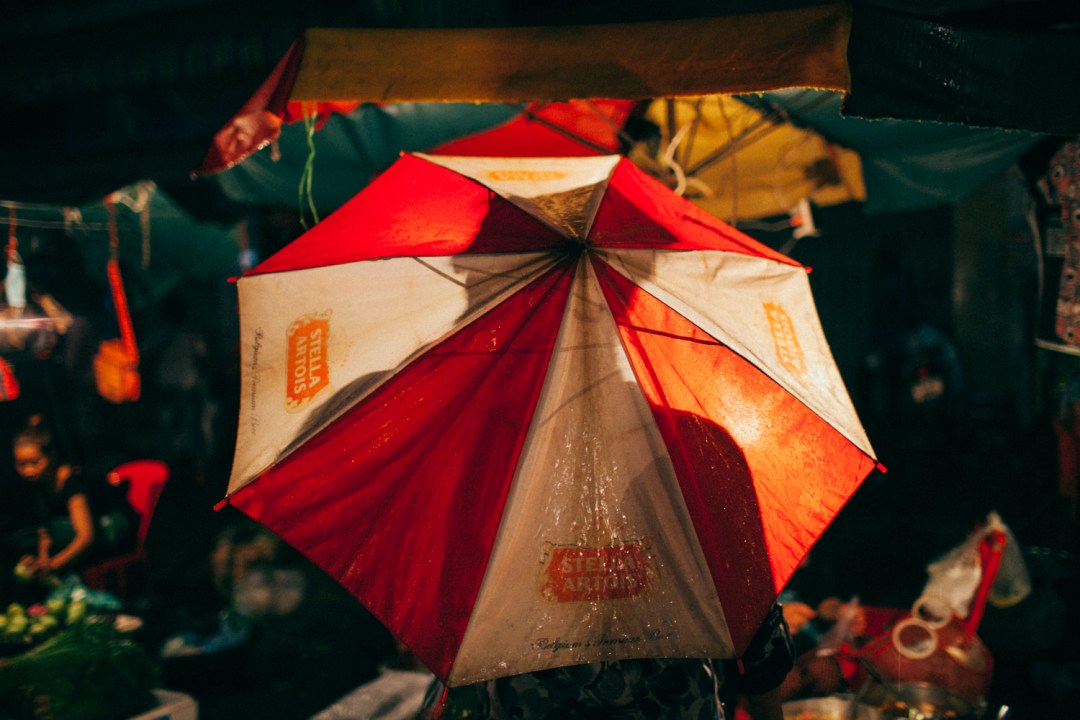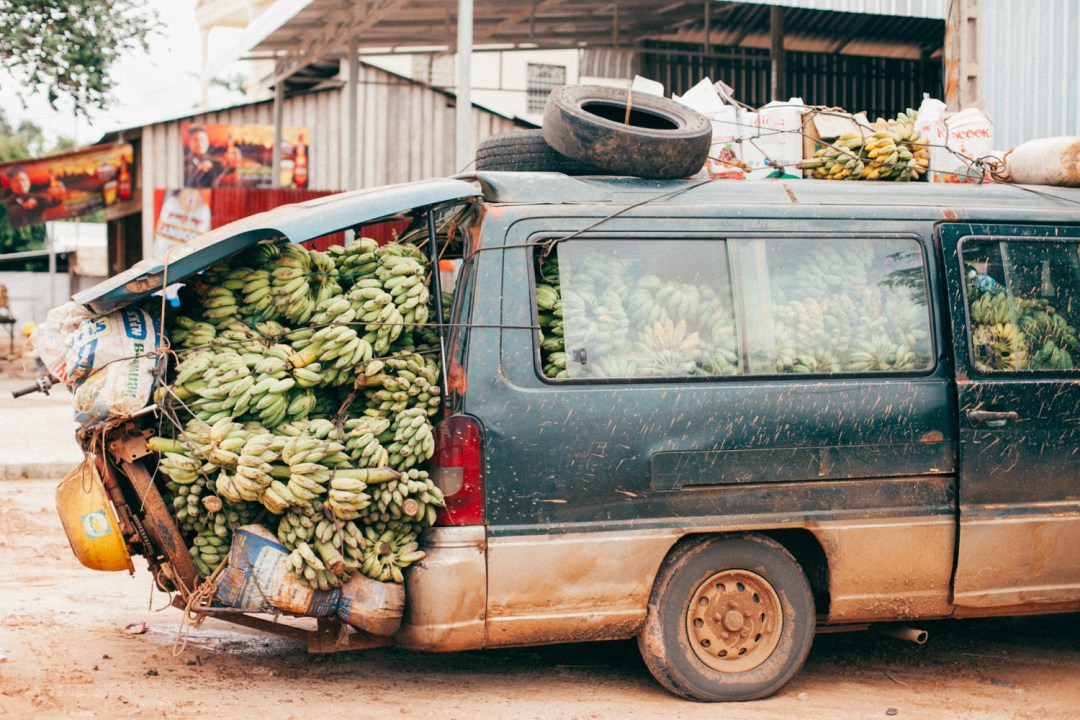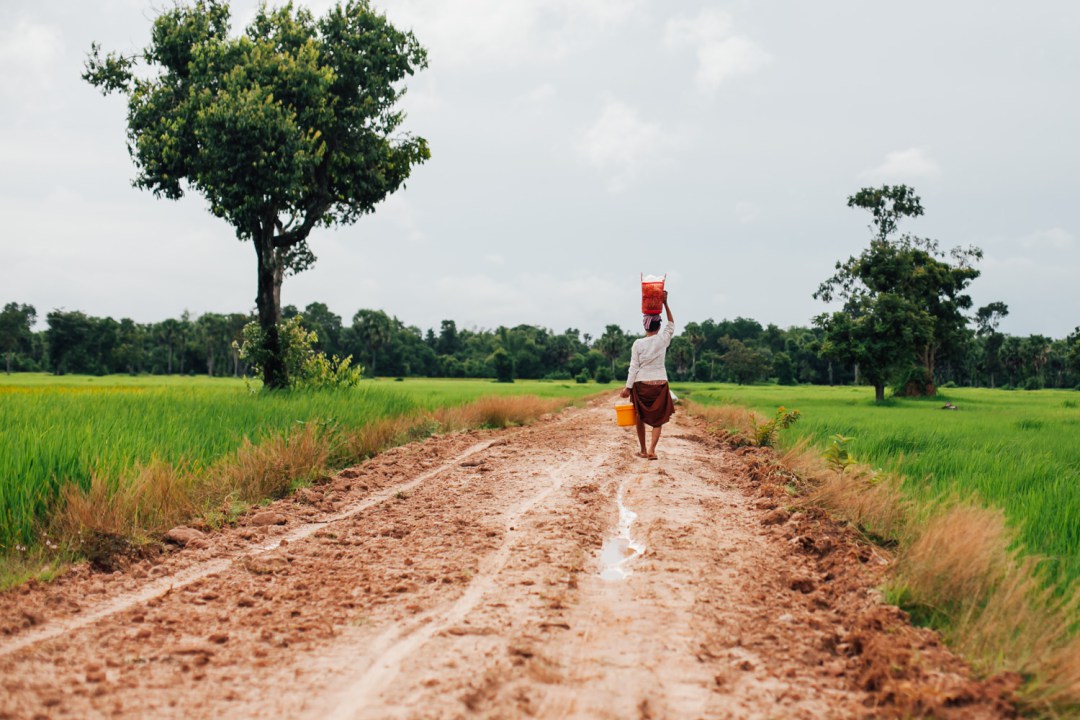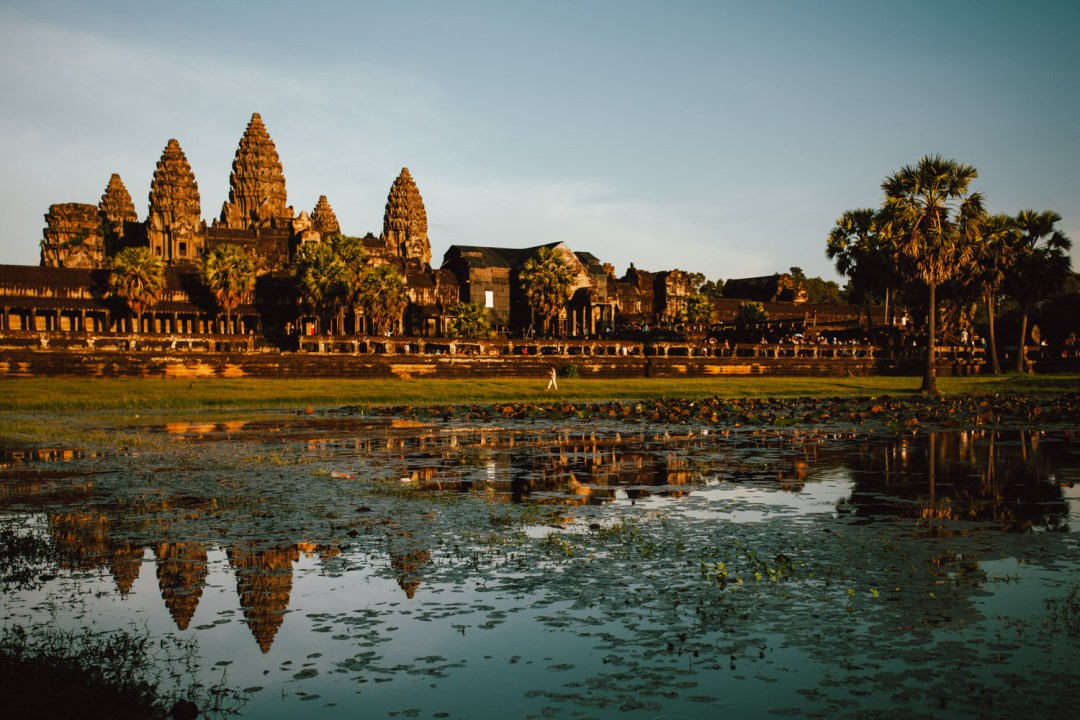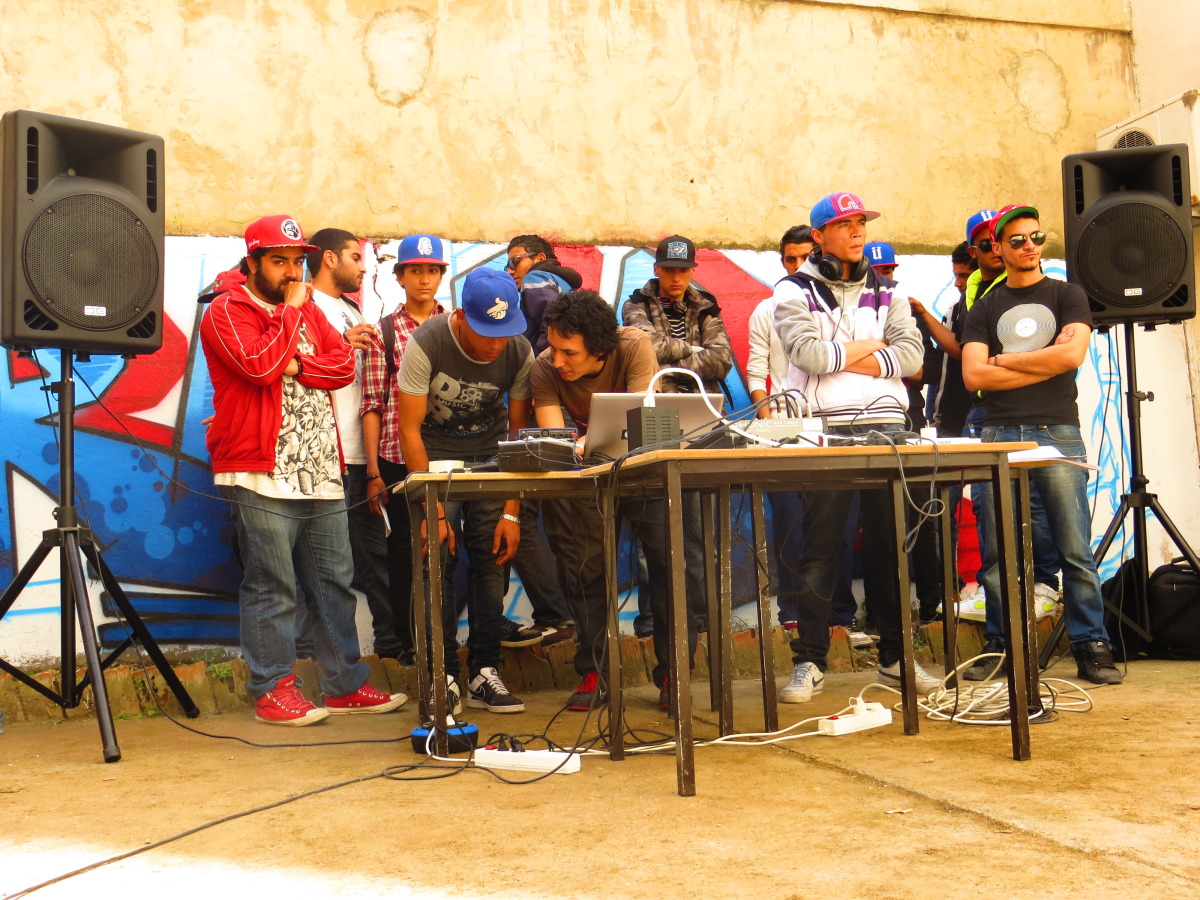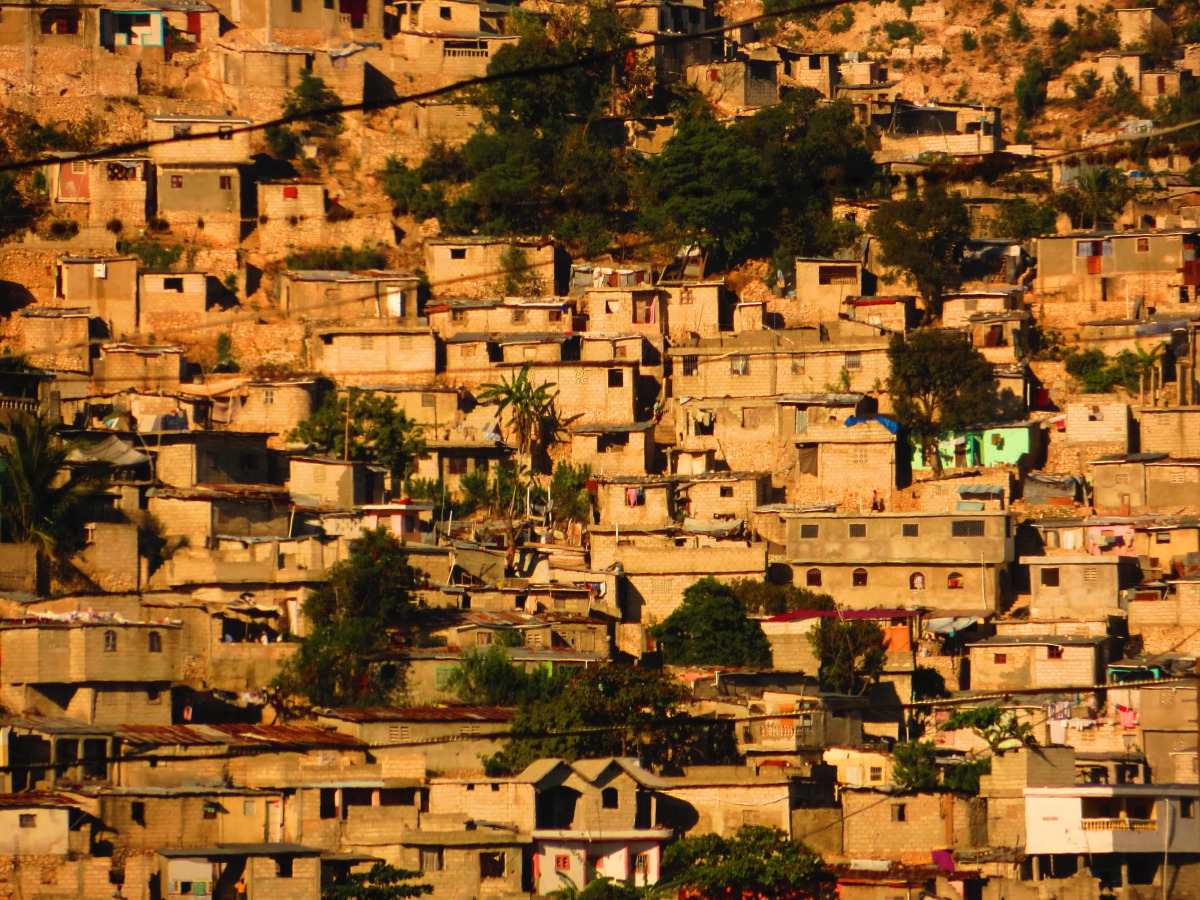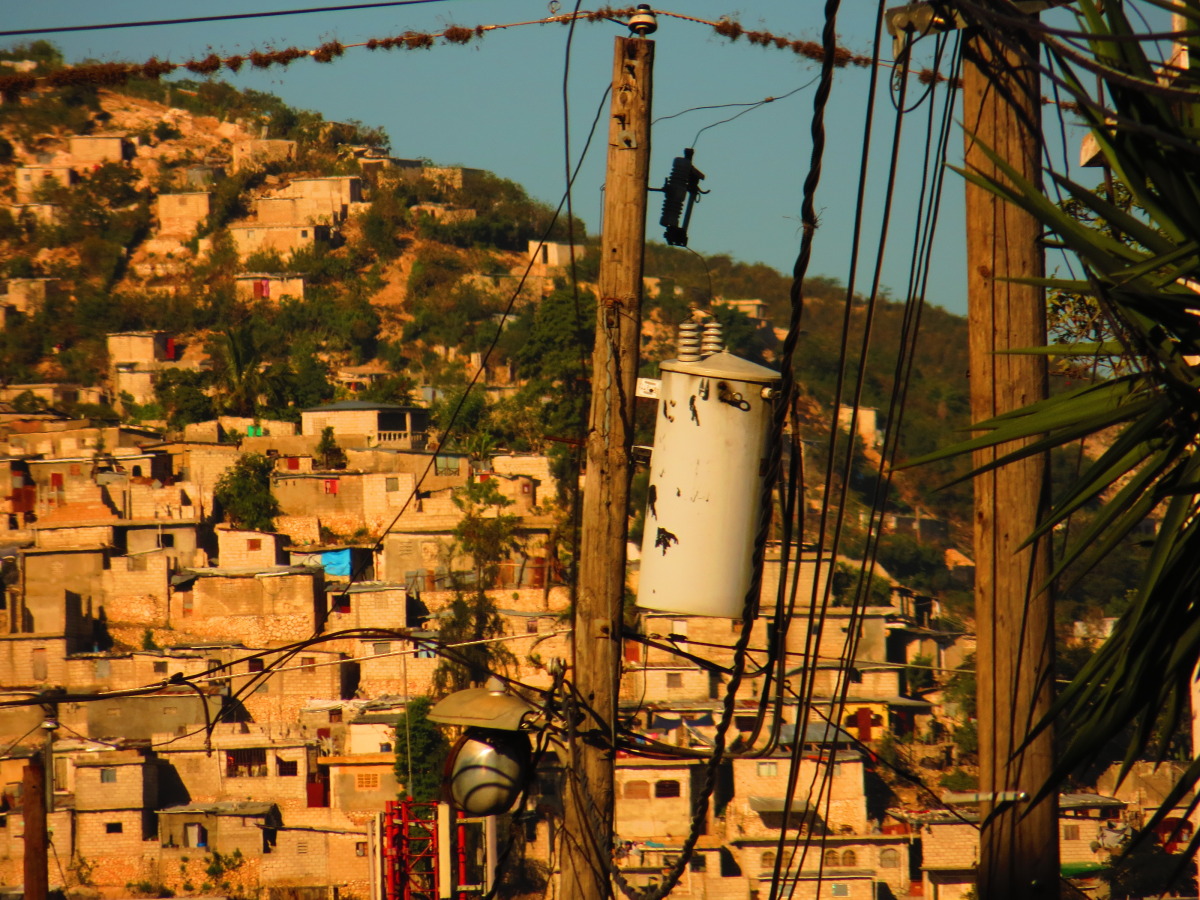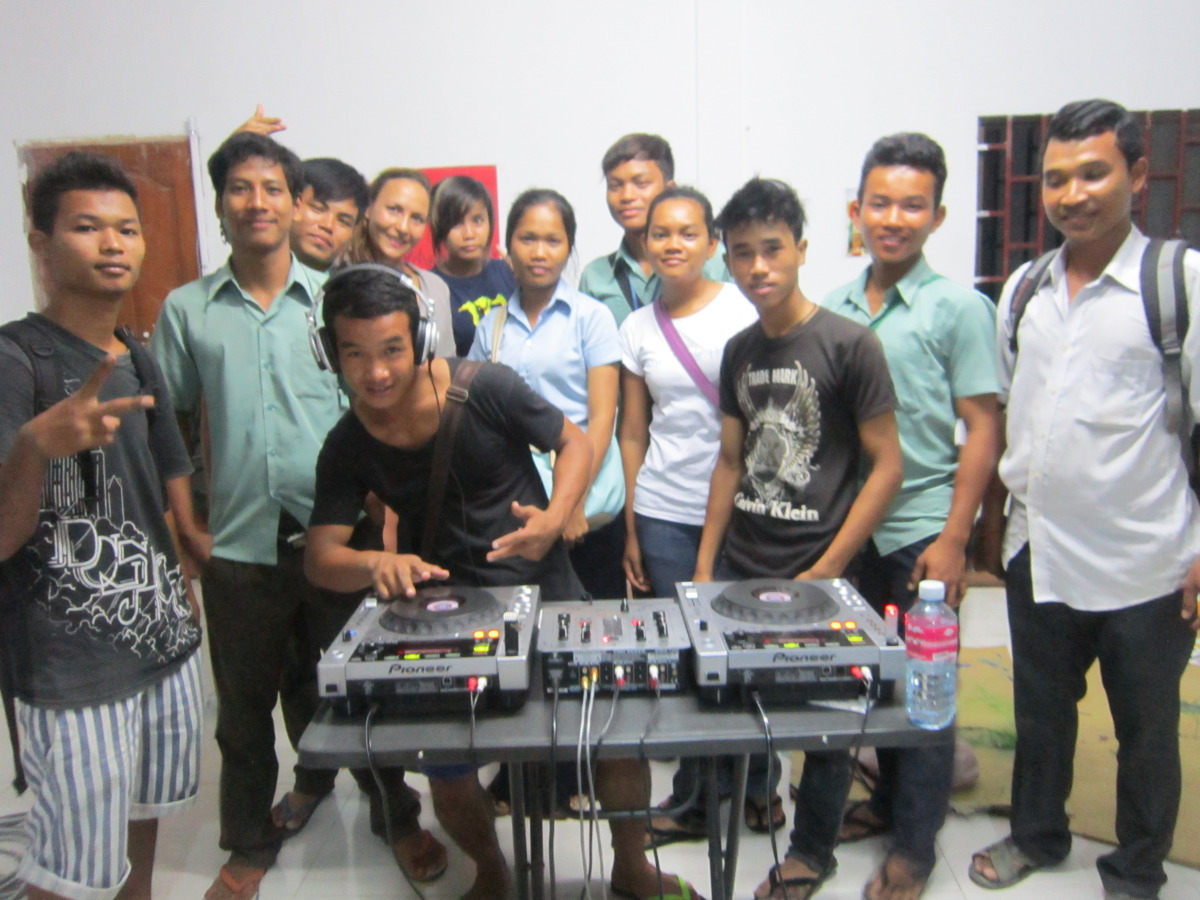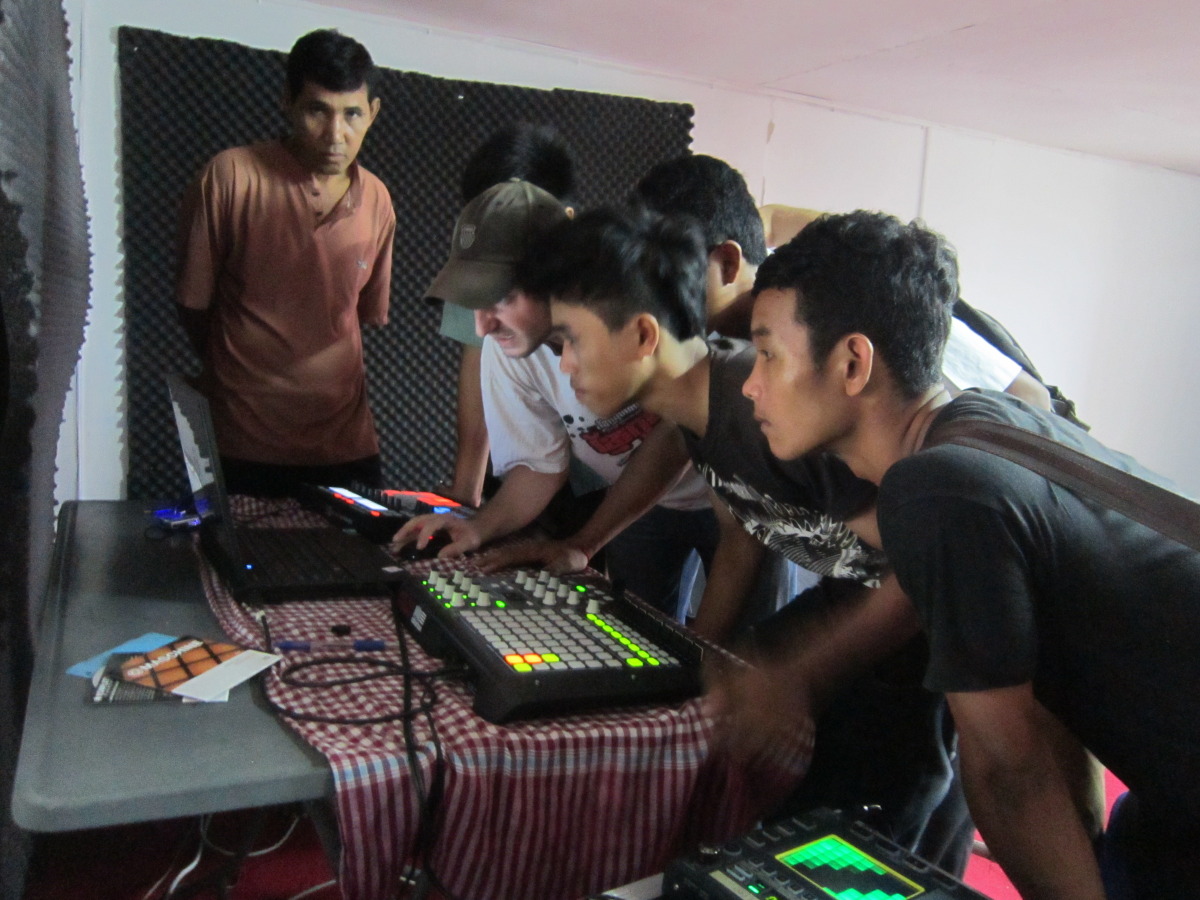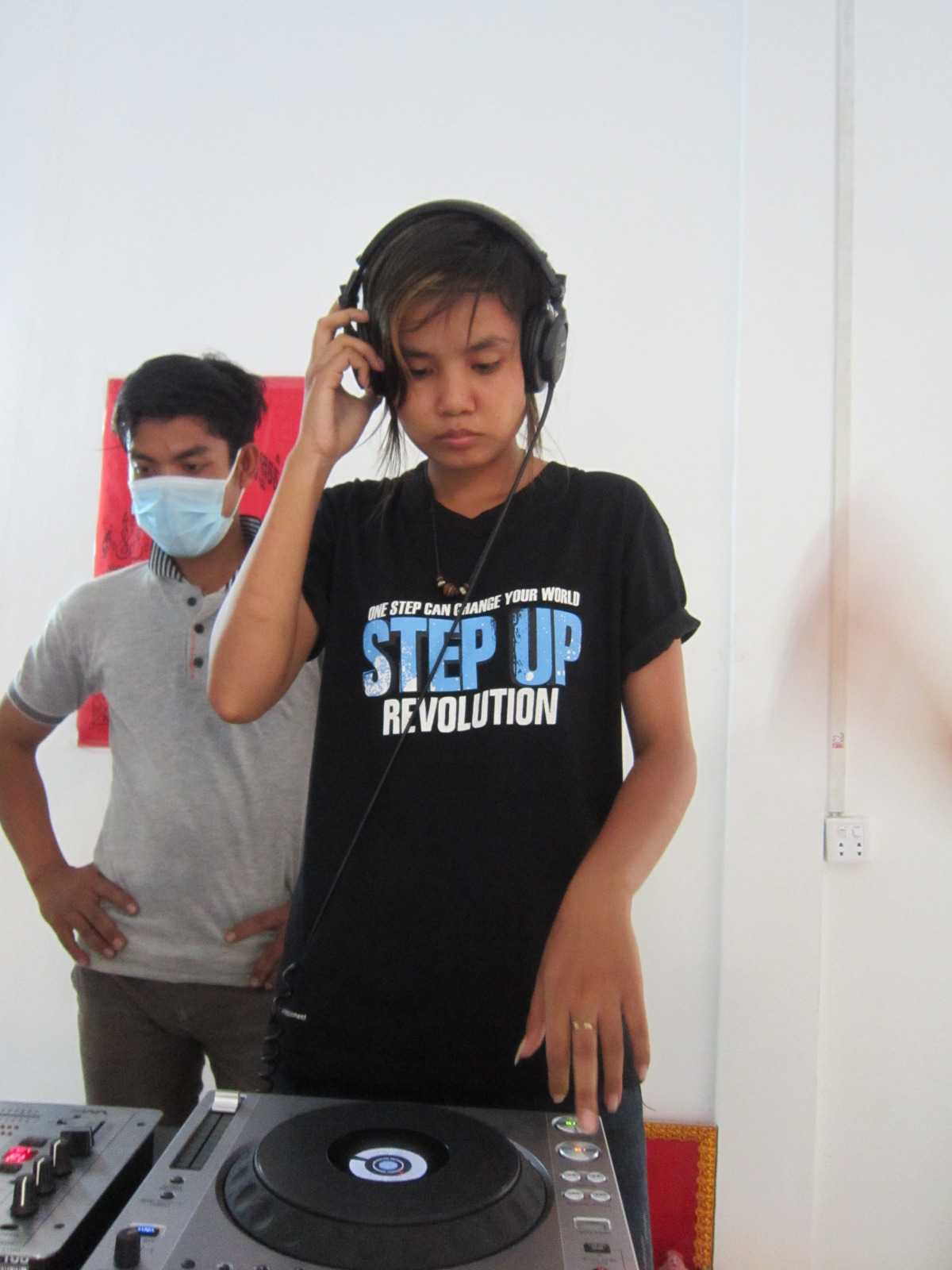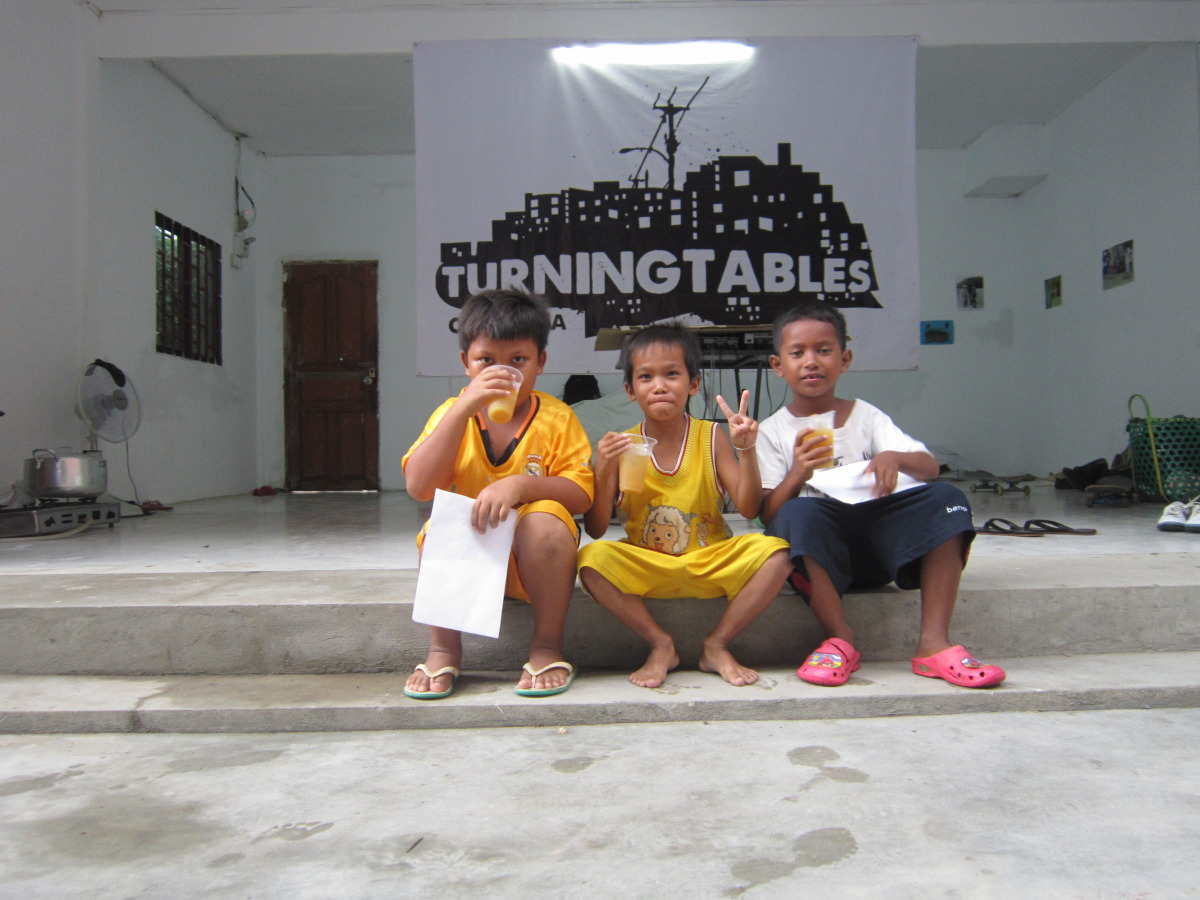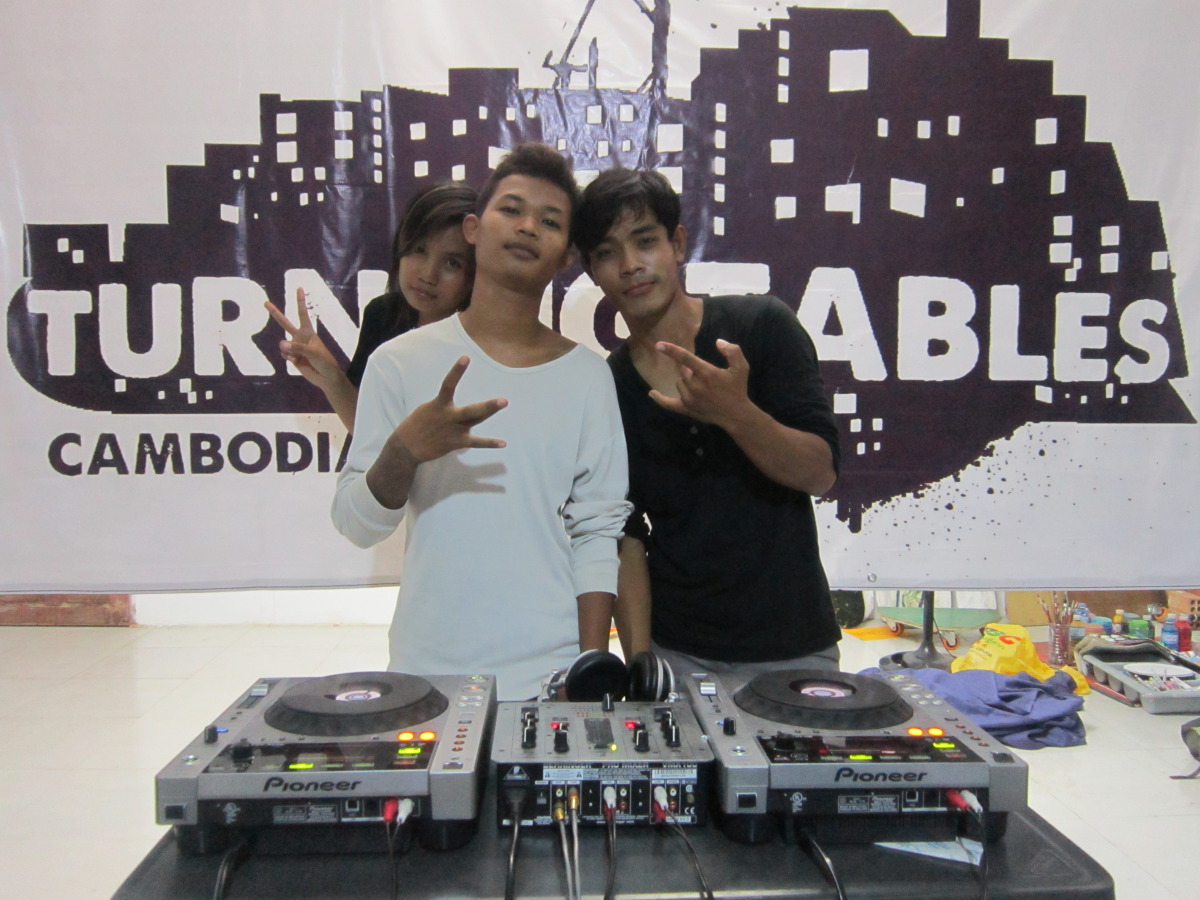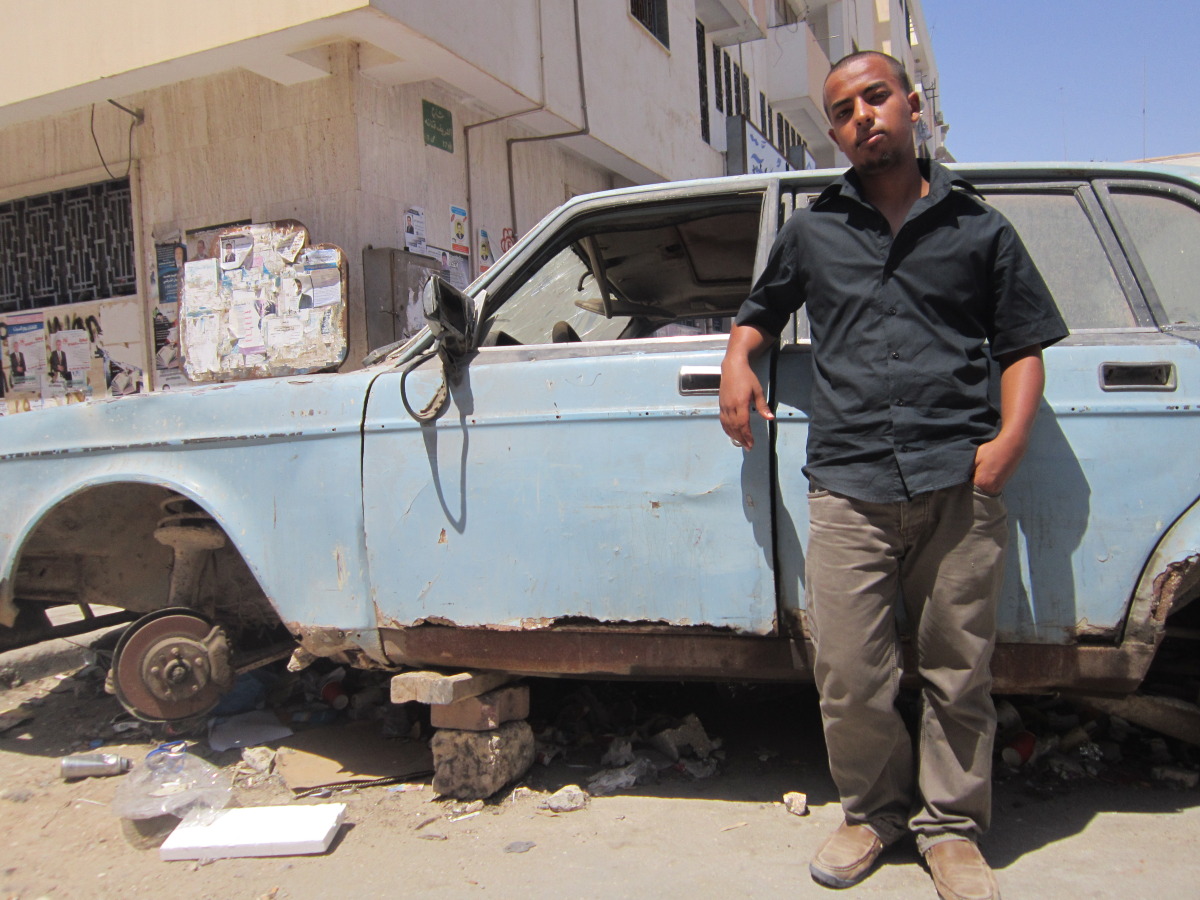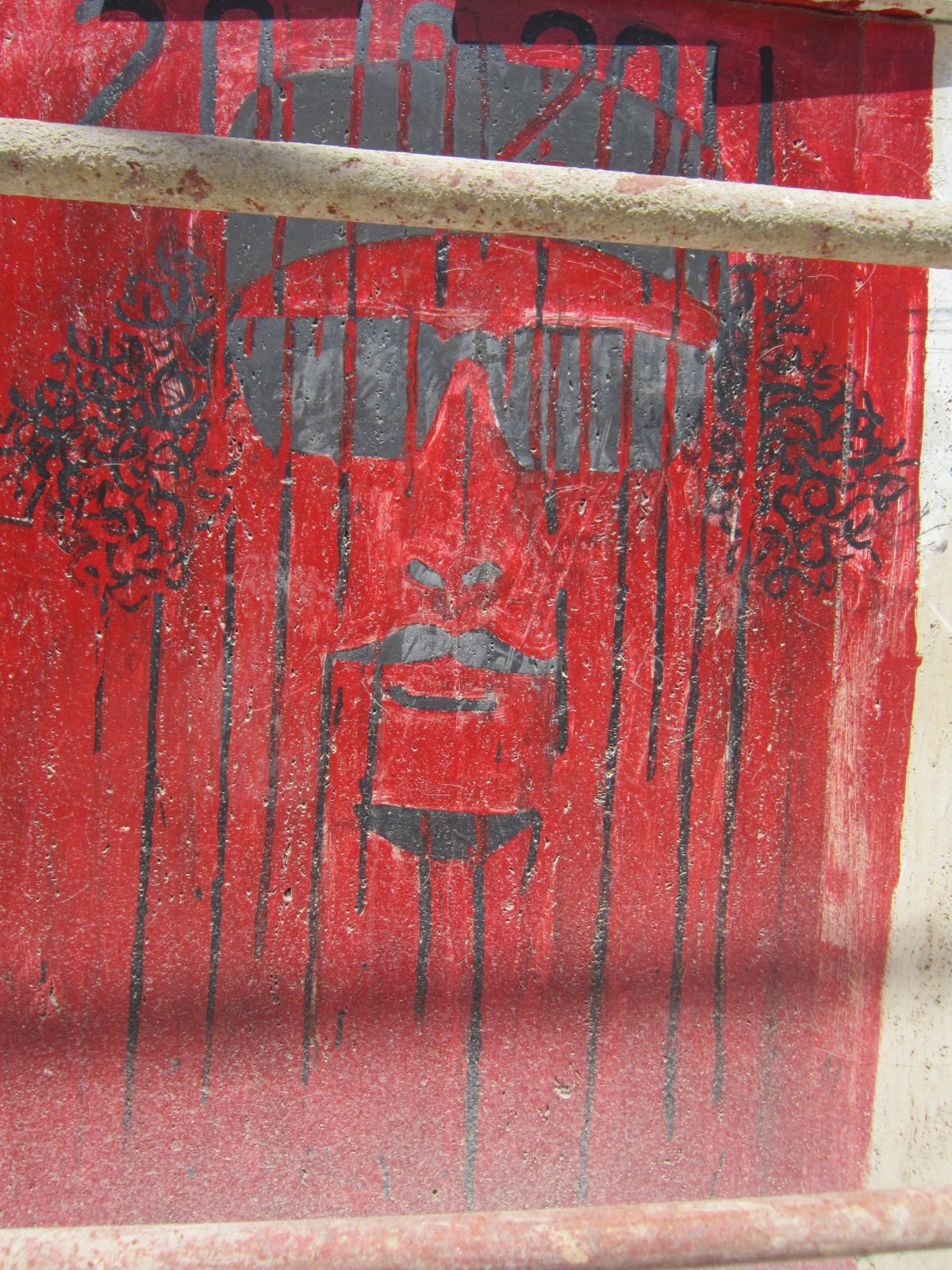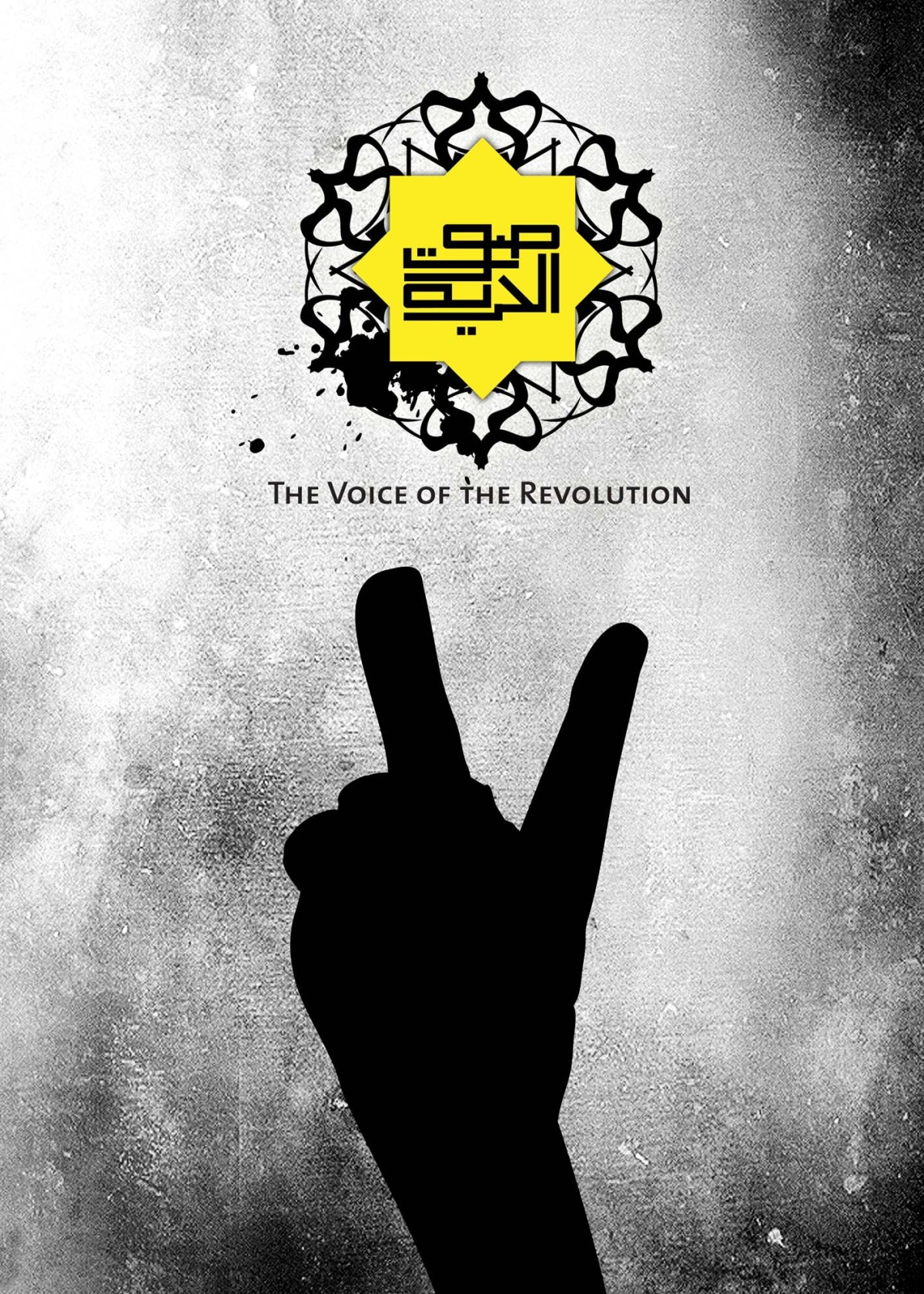Women in Cambodia fight discrimination to become Tuk-Tuk drivers as global corporations, such as Uber and Lyft, implement initiatives to promote the safety of female and non-binary drivers and passengers.
A Tuk-Tuk Driver in Bangkok, Thailand. CC By 2.0 Deed
Common throughout Southeast Asia, tuk-tuk drivers zip through the streets offering transportation to visiting tourists. Although they are a popular mode of transportation, the sight of a vehicle adorned with flowers and navigating seamlessly with a woman at the steering wheel is still uncommon.
In Cambodia, where the number of tuk tuk drivers is estimated to be in the tens of thousands, few women sit behind the wheel. In a country still significantly affected by gender inequality, the prevalent patriarchal standard in Cambodia is relatively stringent, and women taking on jobs instead of maintaining their households is out of the ordinary.
Making anywhere from $2–5 in a day, the wages for Cambodian tuk-tuk drivers are relatively low, though equivalent across female and male drivers. According to the CEIC, the average yearly salary in Cambodia in 2021 was about $1590, meaning that on the high end tuk-tuk drivers who work six days a week will make just about the average wage, while those on the lower end make less than half of this. However, the major issue women drivers face is not a pay gap per se, but rather discrimination that prevents them from driving altogether.
Recently, though, women tuk-tuk drivers are working to change the demographics, and promote inclusivity in the industry. Popularly known as the Tuk-Tuk Lady, Kim Shoeung began driving in 2013 in the nation’s capital city of Phnom Penh. Her career started quite shakily, as she faced prejudice not only from other male drivers but even from customers. She told Agence France-Presse (AFP) one woman refused to drive with her, and that there was an understanding that women were not fit for the job and not “strong enough to take the steering wheels.”
A Tuk-Tuk in Siem Reap, Cambodia. CC BY-NC-ND 2.0 DEED
Similarly, Roeung Sorphy was verbally harassed when starting out as a driver in Siem Reap. She told AFP that after three years of driving she is now respected by men and that they all work as a team, but initially was told to go home and wash dishes.
As a single mother, Shoeung persevered as she needed the money to support her family. After moving from the capital to Siem Reap, Shoeung solidified herself within the tuk-tuk industry, and is now a beloved driver known to many as Miss Kim.
Additionally, Shoeung is not only making strides for herself, but is actively helping to elevate other female tuk-tuk drivers. In February of 2022, she founded the Siem Reap Tourist Remorque Driver Association, a group of female drivers. The group is made up of 20 members, six of whom are single mothers like Shoeung herself. Reviews of Shoeung’s service remark on her warmth, generosity and safety as a driver.
Woman tourists look for tuk-tuk transportation. CC0
Even outside of Cambodia, there is a recent push to aid the efforts of women drivers. Beginning in 2019 in Saudi Arabia, Uber launched a feature allowing women and drivers to select their preference for exclusively women passengers. As of 2023, the initiative expanded to 23 total countries globally, but has yet to be introduced in any Asian country.
Lyft launched a similar initiative, Women+ Connect, in select US cities this past September. They said their ridership was nearly half women, however female and non-binary drivers made up only 23% of their total fleet.
The idea, however, is not entirely new; in 2014 SheRides, a taxi service aimed at women drivers and passengers launched in New York City, Westchester County, and Long Island. Upon its introduction there was a bit of backlash from men, who questioned its inclusivity; the app, however, was downloadable for all, but only women passengers could request a female driver. Though no longer operating, the service was made with the goal of safety for women in mind.
As there is work being done globally to reach a point of gender equality, safety seems to be at the forefront of many initiatives. For the women drivers in Cambodia, normalizing and celebrating their success is instrumental to decentering the dominant patriarchal culture still prevalent in the nation. Supporting Miss Kim and fellow women drivers can be done by booking her services through her website.
Nicola Degregorio
Nicola is studying English Literature at George Washington University, where she also reports for the student newspaper, The Hatchet. Nicola's passion for literature and writing has sparked an interest in exploring the broader context surrounding written texts. Researching and writing for Catalyst Planet allows her to investigate nuanced issues that intersect with her interests in art history, culinary practices, and cultural traditions.

